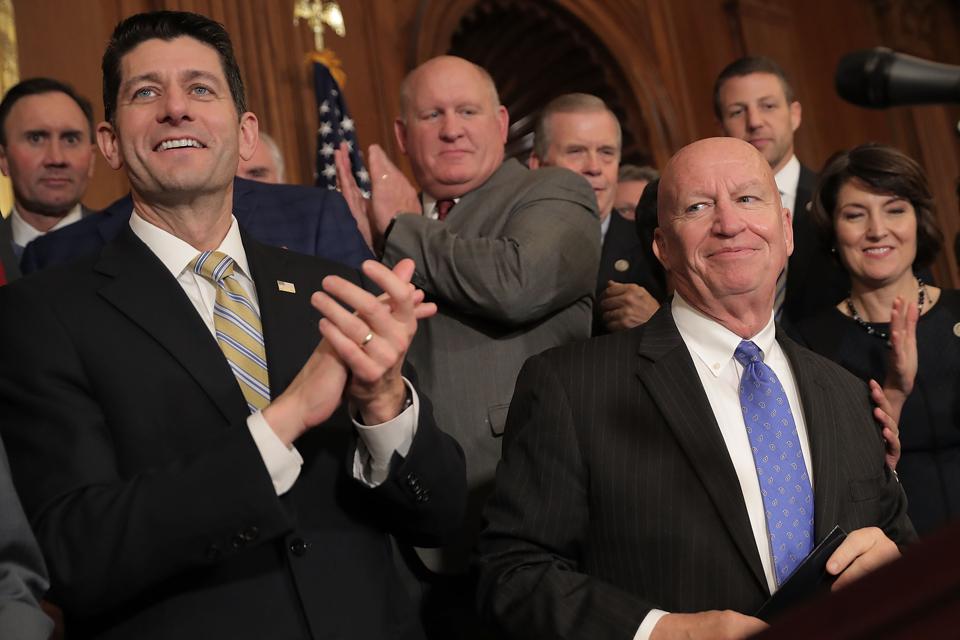Not as Much Economic Boost, but It Still Raises Wages,
Increases GDP and Doesn’t Increase the Deficit
FOR IMMEDIATE RELEASE
(DALLAS) October 17, 2017 – Changes Republicans have made to their tax reform proposal take away some of the economic lift that was in the earlier House Republican proposal; but most of the benefits remain, according to a new study by Boston University economist Laurence Kotlikoff and his colleagues.
“It’s not quite as good, but it’s still worth doing,” said Kotlikoff. “The country will attract trillions of dollars in capital from abroad, middle-income families will have more take-home pay and the plan won’t increase the deficit.”
Compared to the “Better Way” tax reform proposed by speaker of the House Paul Ryan and House Ways and Means Committee Chairman Kevin Brady last year, the “Unified Framework” recently endorsed by the White House has made important changes.
Instead of 100% expensing of new investments, the new plan allows for expensing of equipment only. It appears to retain the deductibility of interest by business borrowers. And it steps back from the implicit wealth tax in the original proposal. Compared to simulations reported at the Goodman Institute website:
- The inflow of capital is only about three-fourths of the original proposal.
- The increase in the size of the economy and the increase in the average wage is roughly one-half as large.
- Even so, the average family can expect an annual increase in income of about $3,500.
- Wage hikes appear to be about evenly distributed for skilled and unskilled workers.
The top 1% of income earners does appear to do better under the new proposal, however, and Kotlikoff cautions “that could lead to a 4th income tax bracket for those with very high incomes.”
These simulations differ from those of the Tax Policy Center (Brookings Institution/Urban Institute), which assumes that lower corporate taxes will not attract foreign capital and will not increase wages or the size of the economy. These assumptions are not grounded in a defensible model, however.
Kotlikoff and his colleagues are using a highly sophisticated model that includes all the world’s economies, collected into 17 major regions, and tracks international capital flows in response to corporate taxation all over the globe.
As Kotlikoff explains, “Understanding our economy’s response to tax reform, particularly corporate tax reform, requires explicitly modeling the global capital market. This requires modeling all the major economic regions of the world as carefully as one models the U.S. To my understanding, our model is the only one that does this. Instead, other fiscal models, whether used by government agencies or D.C. think tanks, make very crude and surely wrong rule-of-thumb estimates about the amount of capital that would flow into the U.S. in response to U.S. corporate tax reform.”
Media Inquiries:
Waylon Tate | waylon@jwaylon.com | 214-613-0073 X610

0 Comments